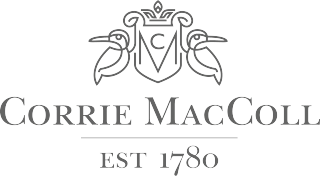How to Optimize Your Production Process with Waterjet Cutting Rubber Techniques
In today's competitive manufacturing landscape, optimizing production processes is essential for achieving efficiency and maintaining high-quality standards. One innovative approach that has gained traction among manufacturers is the use of Waterjet Cutting Rubber techniques. This versatile cutting method harnesses the power of high-pressure water mixed with abrasives to seamlessly cut through various materials, including rubber, with precision and minimal waste. By incorporating Waterjet Cutting Rubber into your production workflow, you can streamline operations, reduce downtime, and enhance the overall quality of your products.
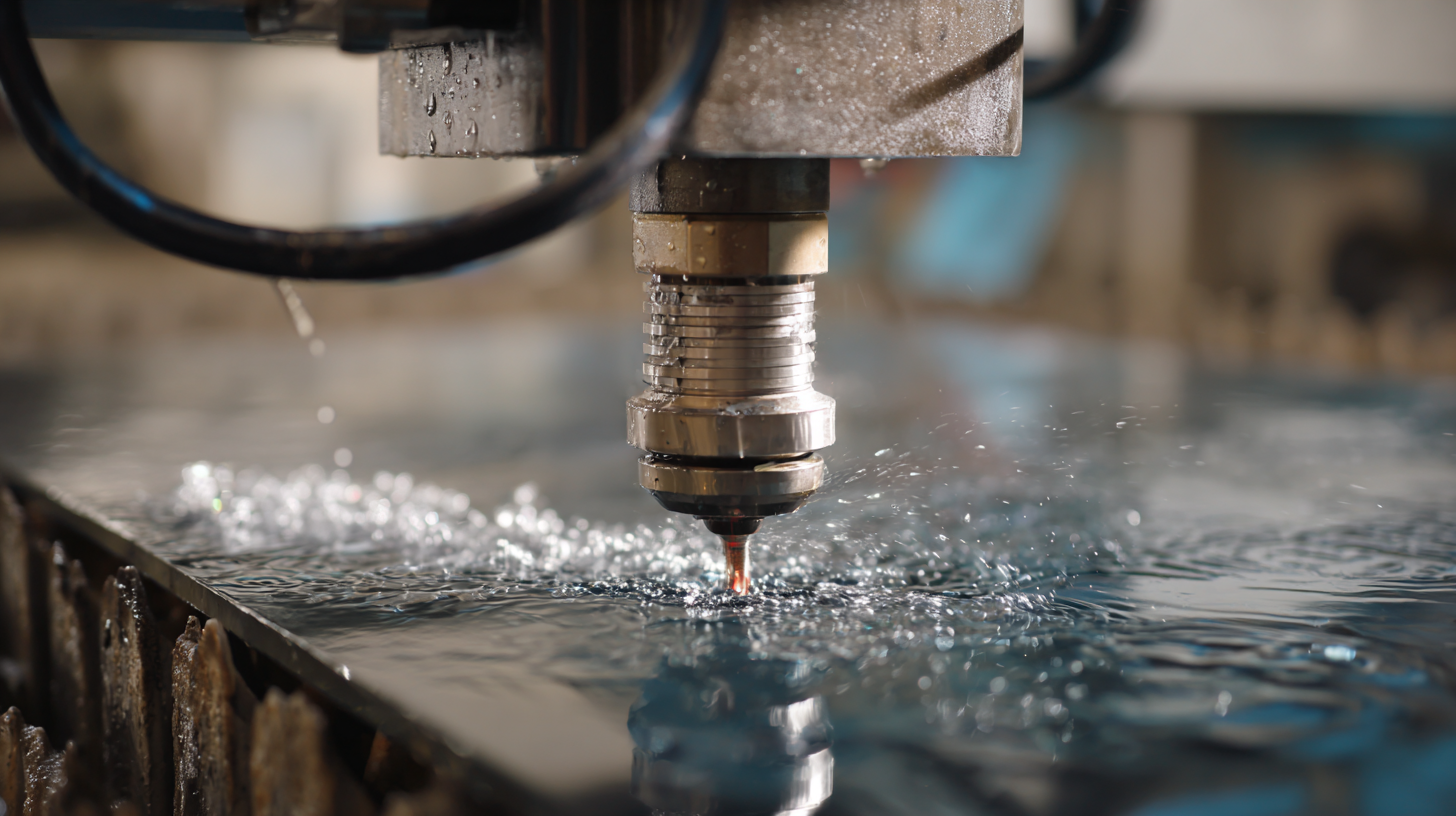
This article will explore effective strategies for integrating waterjet technology into your production processes, highlighting the benefits and best practices to maximize its potential. With the right insights, businesses can leverage Waterjet Cutting Rubber to stay ahead in the industry, improve cost-effectiveness, and ultimately boost their bottom line.
Understanding the Basics of Waterjet Cutting and Its Application in Rubber Processing
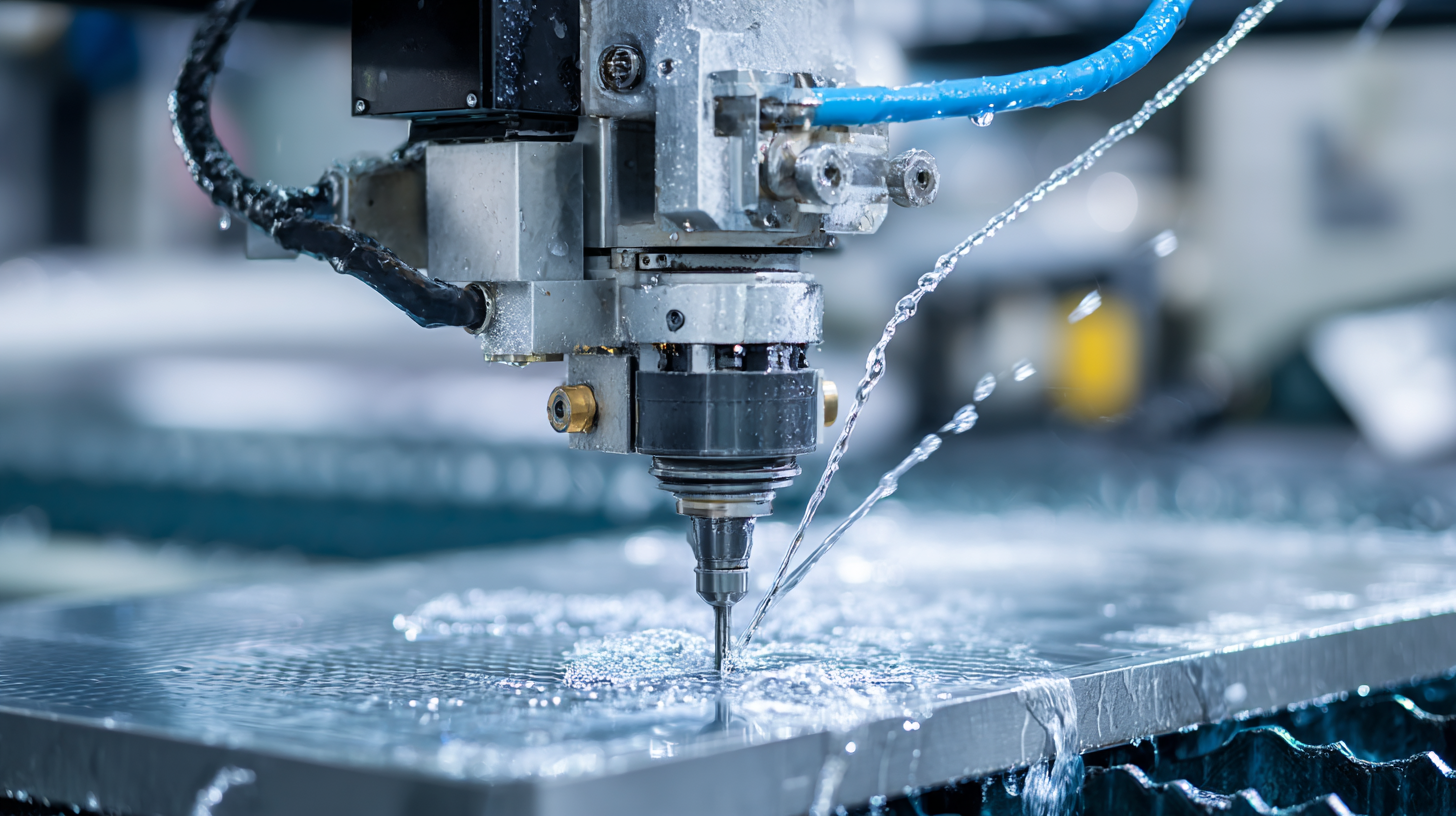 Waterjet cutting is a versatile and precise method increasingly employed in rubber processing. This technique utilizes high-pressure water mixed with abrasive materials to cut through rubber with exceptional accuracy. Understanding the basics of waterjet cutting is crucial for optimizing production processes, especially for industries that require intricate designs and high-quality finishes. The absence of heat involved in waterjet cutting prevents any thermal distortion, making it ideal for sensitive materials like rubber.
Waterjet cutting is a versatile and precise method increasingly employed in rubber processing. This technique utilizes high-pressure water mixed with abrasive materials to cut through rubber with exceptional accuracy. Understanding the basics of waterjet cutting is crucial for optimizing production processes, especially for industries that require intricate designs and high-quality finishes. The absence of heat involved in waterjet cutting prevents any thermal distortion, making it ideal for sensitive materials like rubber.
Tips for using waterjet cutting in rubber processing include ensuring proper maintenance of the cutting machine to maintain performance efficiency. Regularly check the water pressure and the quality of abrasives used, as these factors significantly influence the cutting speed and outcome. Additionally, experimenting with different nozzle sizes can help achieve various cutting widths, catering to specific project needs.
When integrating waterjet cutting into your production line, it’s beneficial to assess the thickness and type of rubber being processed. Different rubber compounds react differently to the cutting process, so tailoring settings for each material can enhance precision and reduce waste. Consistent monitoring of the process will not only improve quality but also lead to more sustainable production practices.
Key Advantages of Waterjet Cutting for Optimizing Production Efficiency
Waterjet cutting has emerged as a pivotal technique for optimizing production efficiency in various industries, particularly when working with rubber materials. One of the key advantages of waterjet cutting is its ability to produce intricate and precise cuts without the need for direct contact. This non-invasive method significantly reduces the risk of material deformation or heat damage that can occur with traditional cutting techniques. As a result, manufacturers can achieve tighter tolerances and reduce waste, contributing to overall cost efficiency.
Moreover, waterjet cutting is highly versatile and can accommodate a wide range of rubber thicknesses and compositions. This flexibility allows companies to streamline their production processes, as they can easily switch between materials without requiring extensive tool changes. Additionally, the speed and efficiency of waterjet cutting systems enhance workflow by enabling rapid prototyping and quick turnarounds for custom orders. By integrating waterjet cutting into their production lines, businesses can not only improve their operational efficiency but also enhance their competitive edge in the market.
Selecting the Right Waterjet Cutting Equipment for Rubber Materials
When selecting the right waterjet cutting equipment for rubber materials, it's essential to consider both the technological capabilities and the specific requirements of your production process. Waterjet cutting is revolutionizing the way rubber components are manufactured, delivering precise cuts without generating heat that can alter the material properties. According to a report by the WaterJet Technology Association, using waterjet cutting for rubber can increase production efficiency by up to 30%, reducing waste and significantly minimizing the need for secondary operations.
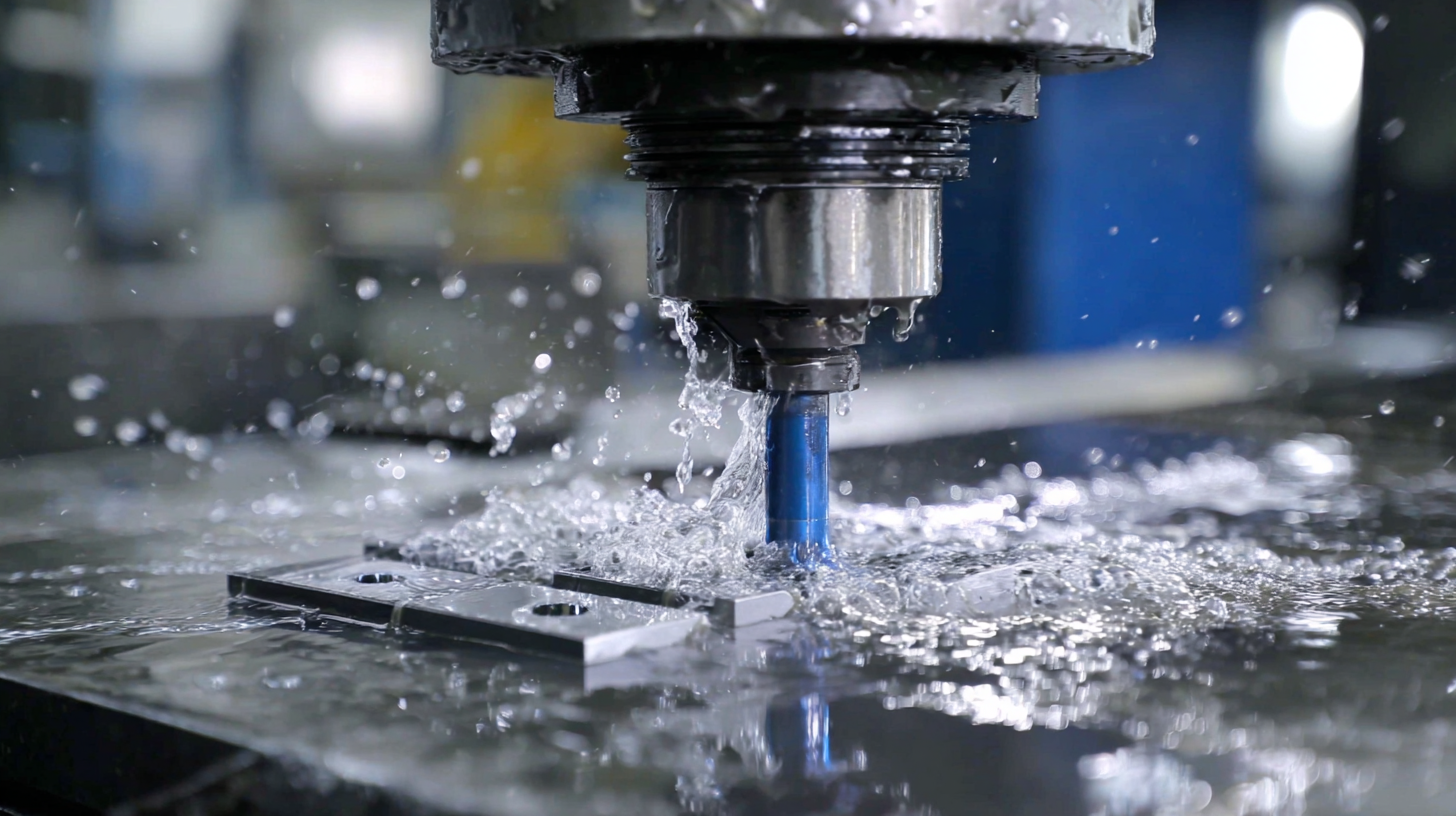
One of the key factors in optimizing your production process is the choice of waterjet equipment. High-pressure pumps and advanced cutting heads tailored to the viscosity and thickness of the rubber ensure that the material is cut smoothly and consistently. Additionally, the integration of abrasive materials into the waterjet process can enhance performance, especially for tougher rubber compositions. Industry data shows that companies employing the latest waterjet technology report a 25% reduction in production time, making it a worthwhile investment for manufacturers looking to streamline their operations.
It's also important to recognize the distinct needs of various rubber applications, such as those found in surgical supplies where precision and material integrity are paramount. The right waterjet cutting system can maintain the necessary standards required for medical applications, ensuring that each component meets stringent regulatory specifications while optimizing production flow. As reported in recent studies, companies that adopt cutting-edge technologies like waterjet cutting are positioned to remain competitive in an increasingly demanding market landscape.
Best Practices for Maintaining Waterjet Machines in Rubber Production
Maintaining waterjet machines is crucial for ensuring optimal performance in rubber production. Regular inspections should be conducted to check for wear and tear on components such as nozzles and garnet delivery systems. This not only prolongs the life of the machine but also enhances cutting precision, resulting in higher quality rubber products. Operators must also be trained to recognize potential issues, allowing for proactive maintenance before problems escalate.
Additionally, cleanliness plays a vital role in maintaining waterjet machines. Keeping the cutting area free from debris and regularly flushing the system helps prevent clogs and inefficiencies. Implementing a routine maintenance schedule that includes lubrication of moving parts and replacing worn-out components will aid in reducing downtime. By adhering to these best practices, manufacturers can optimize their waterjet cutting processes, ultimately improving productivity and reducing costs in rubber production.
How to Optimize Your Production Process with Waterjet Cutting Rubber Techniques
| Best Practices | Frequency | Description | Expected Outcome |
|---|---|---|---|
| Routine Maintenance | Weekly | Inspect and clean the machine components. | Enhanced machine reliability. |
| Water Quality Check | Monthly | Test water pH and contaminant levels. | Optimal cutting performance. |
| Nozzle Replacement | Every 500 hours | Replace worn nozzles for precision cutting. | Improved cut edge quality. |
| Pump Seal Inspection | Quarterly | Check seals for leaks and wear. | Reduced downtime due to pump failure. |
| Software Updates | Biannually | Update machine software for efficiency. | Higher operational efficiency. |
Innovative Design Techniques to Enhance Waterjet Cutting Outcomes in Rubber
Innovative design techniques play a crucial role in enhancing waterjet cutting outcomes in rubber. One effective approach is the implementation of advanced CAD software to create precise and intricate patterns that leverage the unique strengths of waterjet cutting. By digitally prototyping designs, engineers can simulate various cutting parameters, allowing them to optimize the path and pressure settings before actual production. This not only reduces material waste but also ensures that the final product meets stringent quality standards.
Another valuable technique is the use of nesting software, which arranges multiple parts efficiently on the rubber sheet. This maximizes the use of material and minimizes scrap. Additionally, incorporating different waterjet cutting head configurations can lead to improved cutting speeds and edge quality. For example, utilizing a multi-axis waterjet system allows for complex cuts at various angles, further enhancing the versatility of the rubber products. Together, these innovative design techniques contribute significantly to a more efficient and optimized production process, ensuring that manufacturers can achieve high-quality results while reducing costs.
Optimization of Production Process with Waterjet Cutting Rubber Techniques
This chart represents the optimized values for various parameters in the production process using waterjet cutting techniques on rubber. The enhancement of cutting speed, reduction in material thickness, and pressure settings contribute to more efficient production and lower waste generation.
Related Posts
-

Challenges Faced in Waterjet Cutting Rubber Processes and Their Impact on Production Efficiency
-

Tpr Rubber Market Insights and Trends for Global Buyers in 2025
-
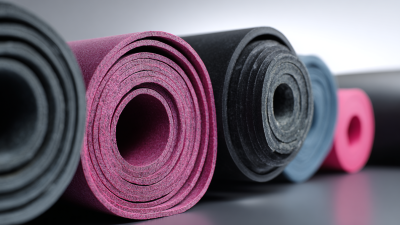
Solutions for Achieving Optimal Performance with Best Santoprene Rubber
-
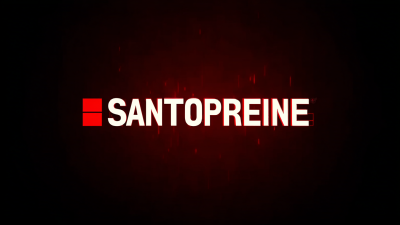
Exploring the Versatility and Applications of Best Santoprene Rubber in Diverse Industries
-
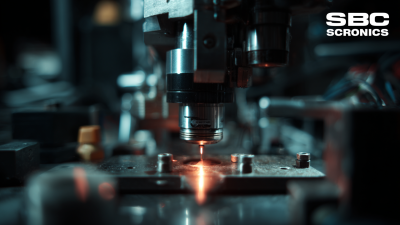
What is the Science Behind Best Ultrasonic Welding Rubber
-
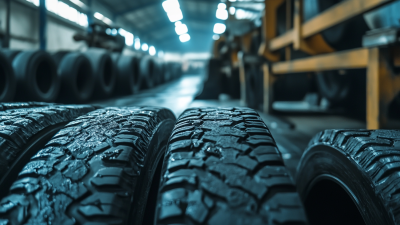
Advantages of Utilizing Rubber Processing Techniques for Global Trade
